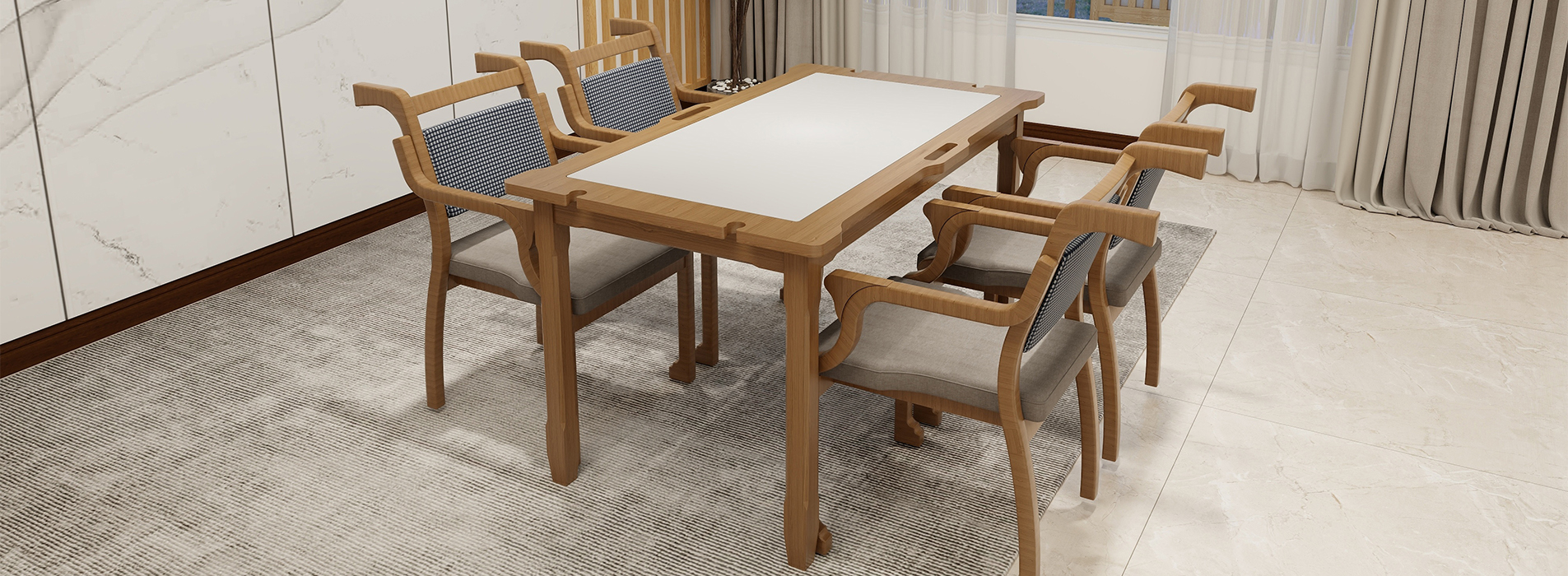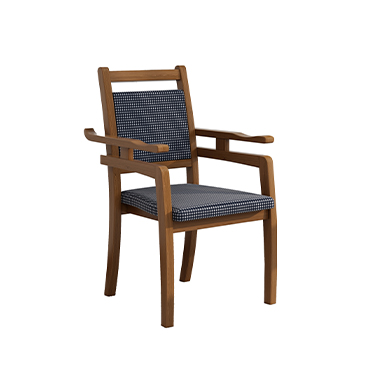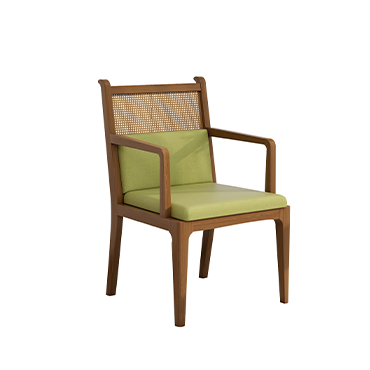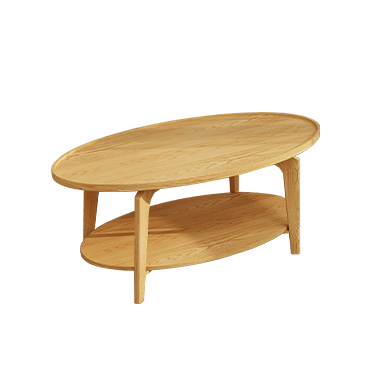Senior-Friendly Bedroom Furniture Guide
Designing a bedroom for seniors requires careful consideration of their physical capabilities, safety needs, and daily habits to ensure practicality and comfort. Below are key recommendations for creating a warm, safe, and convenient bedroom environment.
- Furniture Selection & Layout
Choosing the Right Bed
The bed height should be appropriate, ideally matching the senior’s knee level for easy access.
A medium-firm mattress is recommended to provide sufficient support while ensuring comfort and spinal health.
There should be enough space around the bed to allow easy movement and prevent accidental collisions.
Bedside Table & Storage Cabinet
The bedside table should be within easy reach for frequently used items such as medicine, water, and glasses.
Storage cabinet height should be user-friendly to minimize bending and discomfort. Drawers and shelves should be spacious and easy to access.
Wardrobe & Clothes Rack
Wardrobes should be designed with more shelves and drawers rather than excessive hanging space, making it easier for seniors to access stored items.
Clothes racks should be positioned at a reachable height with a simple design to avoid unnecessary complexity.
- Color & Lighting Considerations
Color Scheme
Soft, warm colors are ideal for a calming atmosphere. Avoid overly bright or dark tones.
Furniture colors should harmonize with walls and flooring for a cohesive look. Shades like beige, light blue, and pastel green enhance comfort.
Lighting Design
Bedroom lighting should be bright yet soft to prevent glare. Adjustable lighting fixtures can cater to different needs.
Additional lighting near the bed and pathways improves nighttime visibility and safety. Soft ambient lighting can also enhance warmth in the space.
- Safety & Accessibility Features
Furniture Stability
All furniture should be sturdy and stable to prevent tipping or movement. Anti-slip features should be incorporated at the base.
Lightweight furniture should be securely fixed to walls or floors to reduce the risk of falling.
Barrier-Free Design
Wide, obstacle-free pathways ensure easy navigation, especially for seniors using mobility aids.
Doorways and corridors should be spacious enough to accommodate wheelchairs if necessary.
Anti-Slip & Anti-Collision Measures
Flooring should be made of non-slip materials such as textured tiles or carpets to reduce fall risks.
Furniture edges should be rounded to prevent injuries from accidental bumps. Layout planning should avoid sharp angles and tight spaces.
Convenience Enhancements
Handrails and support bars should be installed near the bed and along pathways for additional balance assistance.
Controls such as switches and buttons should be easy to operate, and storage spaces should be spacious and accessible.
- Personalization & Special Needs
Hobbies & Interests
Bedroom furniture can be customized based on personal interests, such as incorporating bookshelves for reading, easels for painting, or plant stands for gardening.
Health Considerations
Special accommodations should be made for seniors with mobility challenges, including wheelchair-friendly access and supportive handrails.
For those with vision impairments, magnifying tools and reading lights can be provided.
Conclusion
Creating a senior-friendly bedroom involves a comprehensive approach, including appropriate furniture selection, thoughtful color and lighting design, enhanced safety measures, and personalized adaptations. By integrating these elements, a safe, comfortable, and convenient living environment can be achieved for elderly individuals.





